In the tapestry of life, our smiles are the threads that bind us together, reflecting joy, confidence, and a sense of well-being. Yet, for many individuals, the path to achieving a perfect smile isn’t always straightforward. Crooked teeth, overcrowding, and bite issues can detract from our appearance and, in some cases, even impact our oral health. This is where orthodontic treatment comes in, offering a pathway to straighter teeth, a more balanced bite, and, ultimately, a transformed smile.
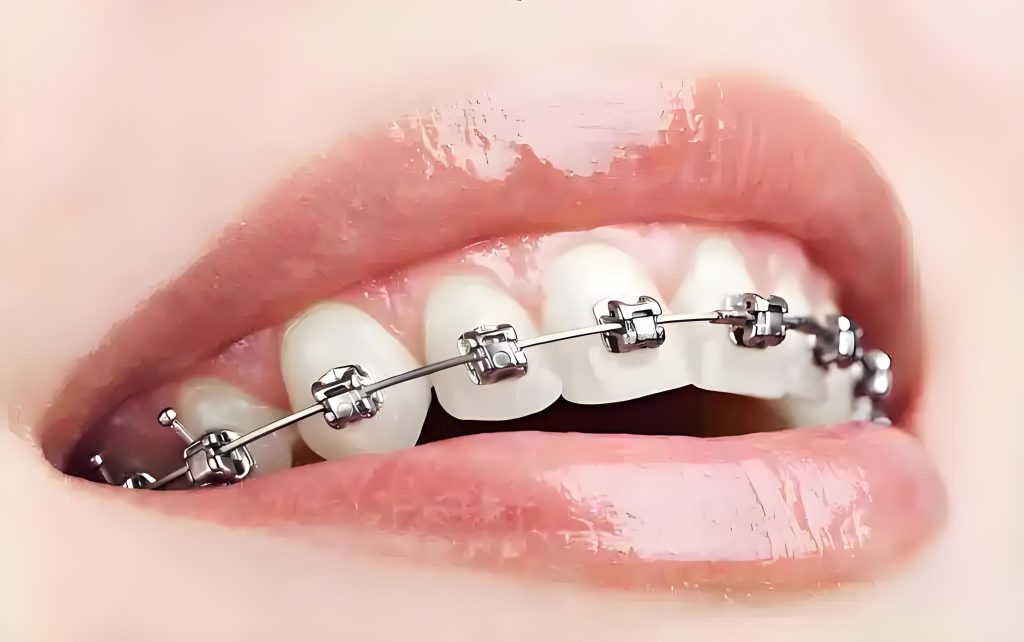
Understanding Orthodontics: The Science Behind the Smile
Orthodontics is a specialized branch of dentistry that focuses on the diagnosis, prevention, and correction of malocclusions—or improper bites. It involves the alignment of teeth and jaws to ensure proper function and aesthetics. Orthodontists, the specialists in this field, use a variety of appliances, such as braces, retainers, and Invisalign, to gradually shift teeth into their ideal positions.
The journey to orthodontic treatment often begins with a comprehensive evaluation. This includes a thorough examination of the teeth, jaws, and bite, as well as x-rays and impressions to create a detailed model of the mouth. From this information, the orthodontist can devise a personalized treatment plan tailored to the individual’s needs.
The Evolution of Orthodontics: From Metal Braces to Invisalign
In the past, orthodontic treatment was synonymous with metal braces—a sight familiar to many who underwent treatment in their younger years. While metal braces are still effective and widely used, the field has seen tremendous advancements over the years. Today, patients have a myriad of options to choose from, each catering to different lifestyles and preferences.
Metal Braces: Traditional metal braces are made up of brackets attached to the teeth and connected by a wire. They are highly durable and effective, making them a popular choice for children and adults alike.
Ceramic Braces: For those seeking a more discreet option, ceramic braces offer a tooth-colored alternative to metal. While they are visually less obvious, they still function similarly to metal braces.
Lingual Braces: These braces are placed on the inner surface of the teeth, making them completely invisible from the outside. They are a great choice for individuals who are particularly conscious about their appearance during treatment.
Invisalign: For those seeking a removable option, Invisalign offers a series of clear, plastic aligners that fit snugly over the teeth. These aligners are changed every two weeks, gradually shifting the teeth into their desired positions. Invisalign is popular among adults and older children due to its convenience and aesthetics.
The Benefits of Orthodontic Treatment: Beyond a Pretty Smile
While a straighter smile is undoubtedly a significant benefit of orthodontic treatment, the advantages extend far beyond aesthetics. Properly aligned teeth are easier to clean, reducing the risk of tooth decay and gum disease. They also function more efficiently, allowing for better chewing and digestion. Furthermore, a well-balanced bite can alleviate jaw pain and discomfort, contributing to overall oral health and well-being.
On a psychological level, a transformed smile can boost self-esteem and confidence. Many individuals who have undergone orthodontic treatment report feeling more comfortable in social situations and more satisfied with their appearance. This, in turn, can have a positive impact on their personal and professional lives.
The Orthodontic Journey: Navigating Treatment and Beyond
Orthodontic treatment can vary in duration, depending on the severity of the malocclusion and the chosen method of treatment. For some, the journey may be relatively short, while for others, it may span several years. Regardless of the timeline, the key to a successful outcome is compliance with the orthodontist’s instructions and regular follow-up appointments.
During treatment, patients may experience some discomfort, particularly in the initial stages when their teeth are first beginning to shift. However, this is a normal part of the process and can be managed with over-the-counter pain relievers and soft foods. As treatment progresses, patients will gradually notice their teeth moving into their desired positions, and their bite becoming more balanced.
Once treatment is complete, it’s essential to wear a retainer as prescribed by the orthodontist. Retainers help maintain the new alignment of the teeth and prevent them from shifting back to their original positions. While the need for retainers may vary depending on the individual, most patients will need to wear them for some time after treatment is completed.
Embracing the Journey: Tips for a Positive Orthodontic Experience
Navigating orthodontic treatment can be a rewarding experience, but it’s not without its challenges. Here are some tips for making the journey as positive and stress-free as possible:
- Choose the Right Orthodontist: Find an orthodontist who you feel comfortable with and trust. Look for someone who listens to your concerns, answers your questions, and has a good reputation in the field.
- Stay Informed: Understand the treatment plan and what to expect throughout the process. Ask questions and seek clarification if something doesn’t make sense.
- Follow Instructions: Compliance with the orthodontist’s instructions is crucial for a successful outcome. This includes wearing appliances as prescribed, maintaining good oral hygiene, and attending regular follow-up appointments.
- Stay Positive: A positive mindset can make a big difference in the orthodontic journey. Embrace the process and celebrate the progress along the way.
- Seek Support: Don’t hesitate to reach out for support if you’re feeling overwhelmed or discouraged. Whether it’s talking to friends or family, joining a support group, or seeking professional counseling, there are resources available to help you through the challenges.
Conclusion: A Smile Worth Waiting For
Orthodontic treatment is a journey that requires patience, commitment, and a willingness to embrace change. But for those who embark on this path, the rewards are well worth the effort. A transformed smile can improve oral health, boost self-esteem, and open doors to new opportunities. So, if you’re considering orthodontic treatment for yourself or your child, remember that the end result is a smile worth waiting for.

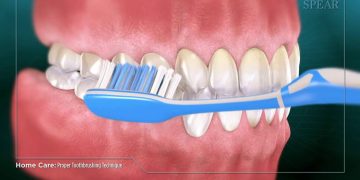
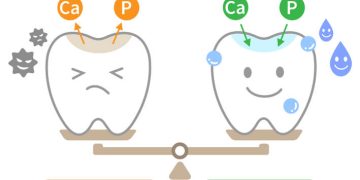
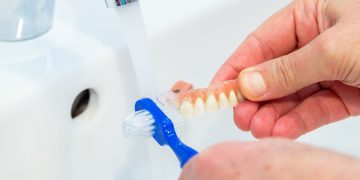




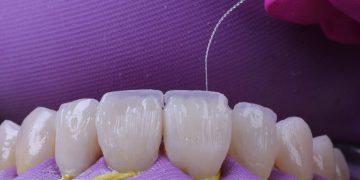
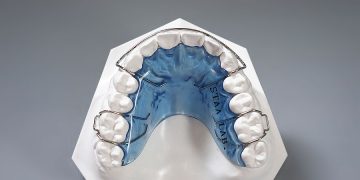

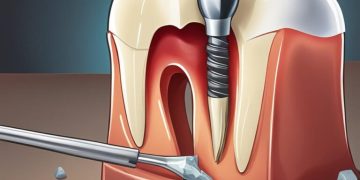
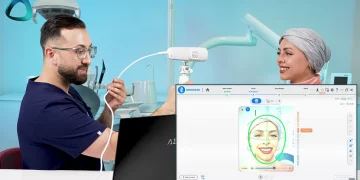


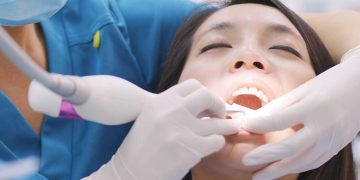









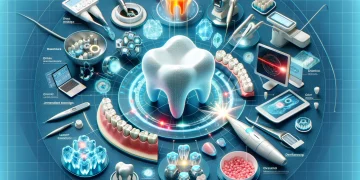



















Discussion about this post